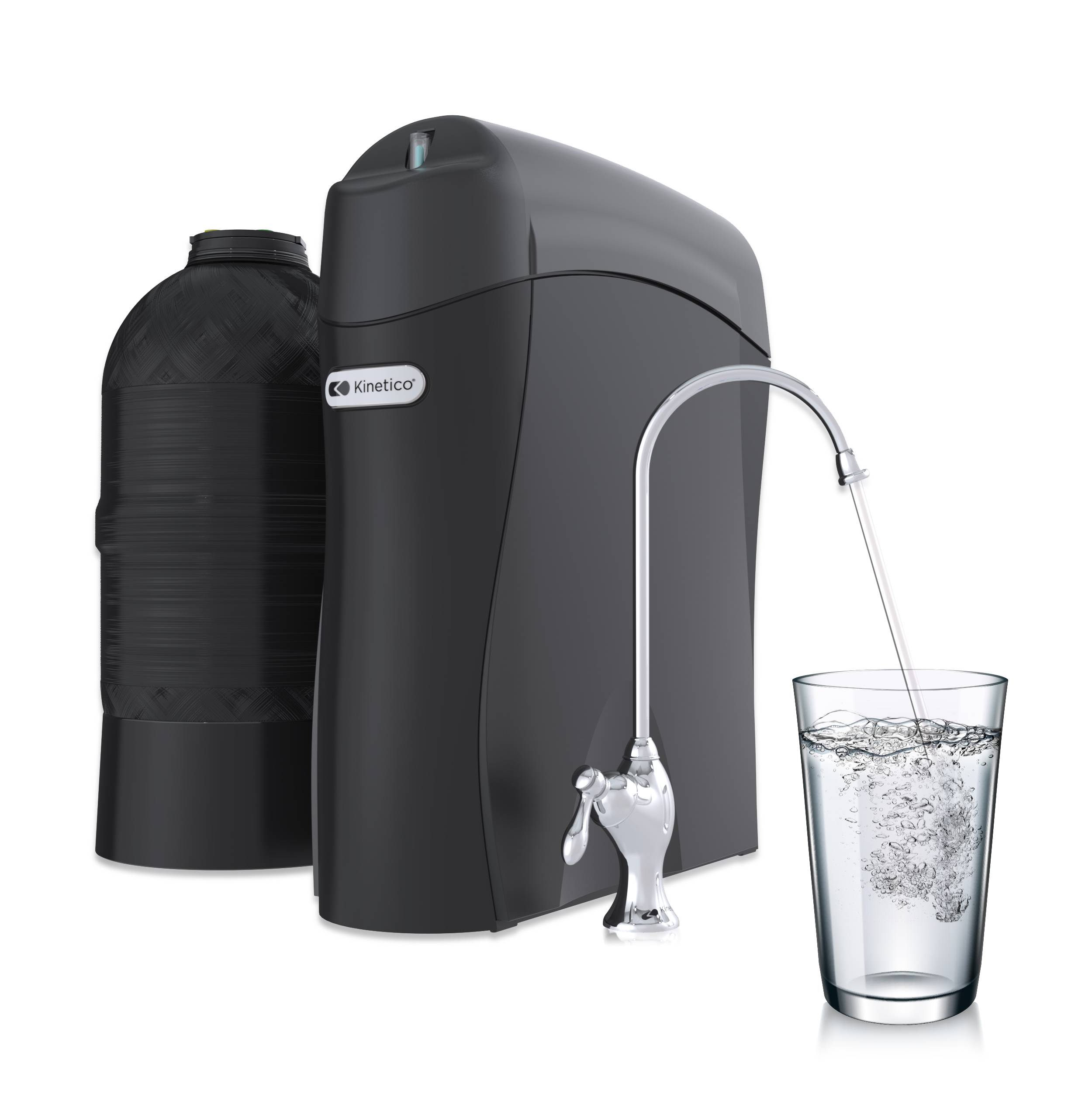A common concern among homeowners is the appearance of a white film on water using appliances and fixtures and etching of glassware. Most often, the culprit is calcium and magnesium, otherwise known as hardness, which can easily be treated with ion exchange. But in some cases, even with this type of treatment, the film and etching problems persist. It could be silica.
Silicon dioxide or silica (SiO2) is an oxide of the element silicon which is the second most abundant element found on earth. Silica is present in all natural water supplies in some form. Additionally, many foods such as, strawberries, avocados, onions, root vegetables, wheat and oats contain silica. And, it can found in nature as sand, sandstone, quartz, flint, agate or granite. Being a hard, glassy substance on its own, silica is commonly used to make glass. Windows, bottles, glassware and even optical fibers for telecommunications are all products of silica as are some ceramics, abrasives and concrete. Some studies indicate that silica has health benefits. It is needed for bone, cartilage, hair and nail growth and is an ingredient in many multi-vitamins and dietary supplements. Other studies show the contrary, however; silica has no nutritional value. In either case, it does not appear that silica is harmful to the human body if ingested in small quantities and is unregulated by the EPA.
Dissolved, Particulate, or Colloidal Form
In a water supply, silica can exist in a dissolved, particulate or colloidal form. A colloid is a very fine suspended particle which does not settle readily. In high enough concentrations, silica has a tendency to form scale deposits. This is especially true in high temperature boiler applications and in the power generation field where silica can deposit on turbine heads.
Treatment for silica depends on the form it’s in. In the particulate form, silica can be removed by simple filtration. The colloidal form may require chemical addition such as magnesium salts followed by filtration or reverse osmosis (RO). In the dissolved form, RO and anion exchange work well, however anion exchange is not generally practiced in domestic applications as it requires caustic soda to strip the silica back off. Needless to say, silica removal is not as easy as it appears.
If you suspect that silica is present in your household water supply, it is always best to contact a water professional for an evaluation. An easy way to test if scaling might be silica is to wipe the affected area with white vinegar. If the vinegar removes the scale or film, it is most likely hardness causing the problem. If the vinegar does not clean the scale or film, it could be silica.
By Cathy J



